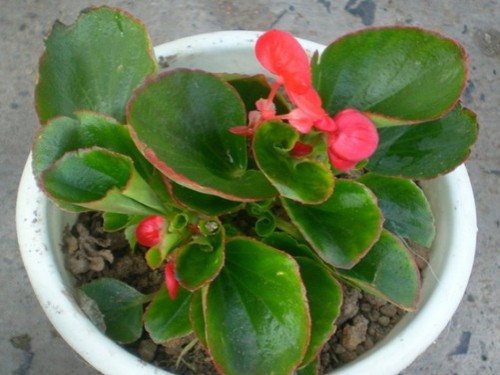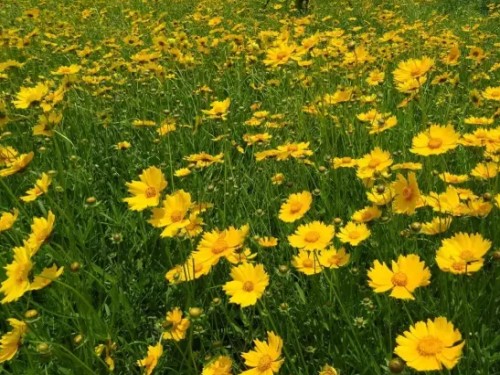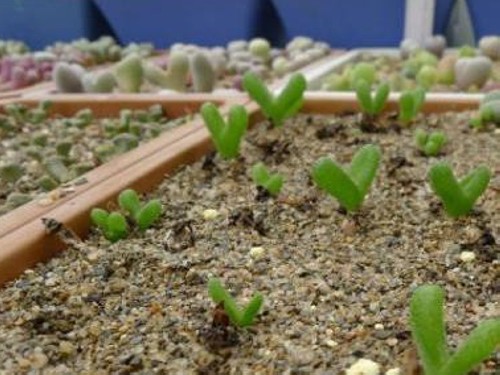Cuttage method of Malus asiatica
Begonia is the most common and cultivated species of begonia. Graceful, delicate and bright leaves, flowers in clusters, blooming in the four seasons, and with a slight fragrance, is one of the main potted flowers for indoor and outdoor decoration. People apply it to the layout of flower beds, and the effect is excellent. With the emergence of some relatively heat-resistant varieties, Begonia is likely to become one of the most important flower beds in China, with the advantages of round plant type, many and dense flowers, easy to plant with other flower bed plants, long ornamental period and so on. so it's becoming more and more popular.

The leaves of the four seasons begonia can be divided into two categories: one is red-green after receiving sunshine, and the other is red and copper. There are red, peach, white, complex color and so on. The flower shape is divided into double and single. Double petal varieties are not easy to collect seeds, and most of them are propagated by cutting nutrition. The commercial varieties are almost hybrid F1 varieties, and their properties are strong.
Cutting is a common propagation method of Begonia in general family cultivation, the time is from April to May. Before cutting, the begonia with good varieties was selected, and the branches with strong disease resistance, strong growth, rich nutrition in the plant and full buds were selected as the cuttings for propagation, each segment was about 10-12 cm long, the base was cut into a flat mouth, and the lower leaves were removed. Keep the upper leaves and tender tips. After cutting, put it in a moist, ventilated and cool place, never lose water and wilt.
Begonia cutting, you can use a suitable size of wooden box nursery bed. After the nursery bed is made, it should be cleaned and disinfected with 0.1% potassium permanganate aqueous solution. The substrate can be made of vermiculite, perlite and peat soil, the thickness of the seedling bed is 20 cm, compacted and scraped flat, and then cut according to the plant spacing of 7 cm × 7 cm. The depth of the matrix is 5cm to 6cm. After pouring through the water, the arch shed is inserted with bamboo blocks along the inner wall of the wooden box, covered with plastic film and placed in a shaded and ventilated place to maintain the temperature and humidity in the bed.
Begonia healing and rooting quickly, the survival rate is also very high, generally 15 days after the emergence of root, 20-30 days can grow a large number of fibrous roots, 50-60 days can be divided and planted in the appropriate size earthen pottery flowerpot. If the cultivation is managed properly, if it is cut in spring, it will blossom in autumn.
The cutting of begonia in four seasons can be carried out in all seasons. The sturdy side branches with more than 2 top tips can be cut in spring and soaked in clean water. Change the water every 1-2 days. After rooting, they are directly planted in the pot. Or in May and September, cut off the tip of the young stem with a length of 5 cm and 6 cm as cuttings, insert it into the sand, pay attention to shading and moisturizing, maintain a temperature of about 20 ℃, root out in about 20 days, increase light appropriately, and put it on the basin after 30 days. It can also be cut in greenhouse in winter. Select the robust branches at the base of the plant, keep more than 3 buds, and the cut should be smooth and located under the node. Cuttings with high temperature and humidity are easy to rot in summer.
Four Seasons Begonia leaves delicate and bright, flowers in clusters, bright color, four seasons open, is an excellent family potted flowers. The following links should be mastered in cuttage propagation.
① cutting time. Family cutting should be carried out from April to May when the temperature rises to more than 20 ℃. At this time, the air humidity is high, the temperature is high, and the management is simple, which is suitable for the rapid rooting of begonia in the four seasons.
② cutting medium. Wash and dry the river sand and place it in a basin. The river sand washed and dried basically achieved the purpose of disinfection, and the sun-dried river sand was beneficial to the daytime sunshine temperature and promote the cuttings section healing and rooting.
③ insert selection. Cut strong branches, each with 3-4 nodes, cut into a flat top at the top and a horseshoe at the bottom to expand the contact surface with sand and promote rooting.
④ cuttage and management. Cut in the sand basin with a row spacing of 3 cm × 4 cm. When cutting, we first cut holes in the basin sand with bamboo sticks of the same thickness as the cuttings, and then insert the branches of four seasons crabapple, which do not need to be watered within 2 days after cutting, so as to facilitate the formation of healing tumors on the shear surface. On the fifth day, spray water with a temperature similar to that of sand, and pour it to the bottom of the basin to see the water flow out. Keep it in the shade and generally no longer water it. About 10 days can grow 3-4 cm root system, then put the pot in the sun, and watering according to the weather conditions, after 6-7 days, it can be planted in the basin.
Time: 2019-06-10 Click:
- Prev

Sowing method of Chrysanthemum morifolium
Chrysanthemum morifolium is native to America and is widely cultivated in China. Chrysanthemum morifolium can be used as an ornamental and beautification material, and it is often used in the beautification design of flower border, sloping land, courtyard and street garden. At the same time, Chrysanthemum morifolium can also be used as cut flowers or ground cover, and can also be used for highway greening. It has the function of soil consolidation and slope protection.
- Next

The Propagation method of Zijiao Flower
Purple Jiaohua, a perennial herb of Amaryllidaceae, bulbous flower, 30-50 cm tall, cylindrical bulblet, tufted, its appearance is different from that of Chinese leek (Chinese leek is generally white flower, this flower is purple), other characteristics are similar to Chinese leek.
Related
- Fuxing push coffee new agricultural production and marketing class: lack of small-scale processing plants
- Jujube rice field leisure farm deep ploughing Yilan for five years to create a space for organic food and play
- Nongyu Farm-A trial of organic papaya for brave women with advanced technology
- Four points for attention in the prevention and control of diseases and insect pests of edible fungi
- How to add nutrient solution to Edible Fungi
- Is there any good way to control edible fungus mites?
- Open Inoculation Technology of Edible Fungi
- Is there any clever way to use fertilizer for edible fungus in winter?
- What agents are used to kill the pathogens of edible fungi in the mushroom shed?
- Rapid drying of Edible Fungi

